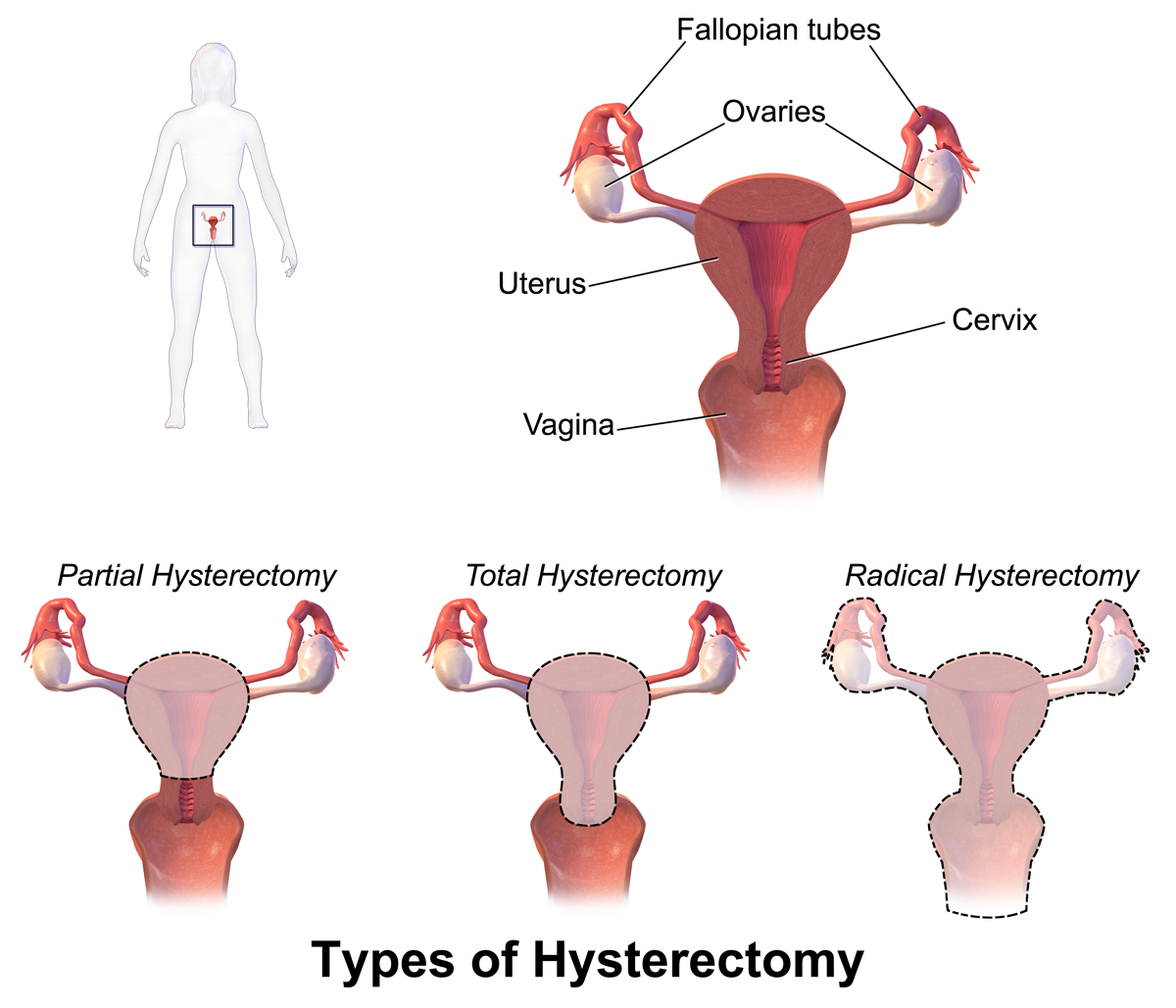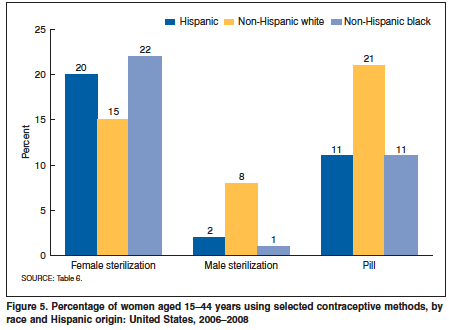|
Oophorectomy
Oophorectomy (; from Greek , , 'egg-bearing' and , , 'a cutting out of'), historically also called ''ovariotomy'', is the surgical removal of an ovary or ovaries. The surgery is also called ovariectomy, but this term is mostly used in reference to non-human animals, e.g. the surgical removal of ovaries from laboratory animals. Removal of the ovaries of females is the biological equivalent of castration of males; the term ''castration'' is only occasionally used in the medical literature to refer to oophorectomy of women. In veterinary medicine, the removal of ovaries and uterus is called ovariohysterectomy ( spaying) and is a form of sterilization. The first reported successful human oophorectomy was carried out by (Sir) Sydney Jones at Sydney Infirmary, Australia, in 1870. Partial oophorectomy or ovariotomy is a term sometimes used to describe a variety of surgeries such as ovarian cyst removal, or resection of parts of the ovaries. This kind of surgery is fertility-preser ... [...More Info...] [...Related Items...] OR: [Wikipedia] [Google] [Baidu] |
BRCA Mutation
A ''BRCA'' mutation is a mutation in either of the ''BRCA1'' and ''BRCA2'' genes, which are tumour suppressor genes. Hundreds of different types of mutations in these genes have been identified, some of which have been determined to be harmful, while others have no proven impact. Harmful mutations in these genes may produce a hereditary breast–ovarian cancer syndrome in affected persons. Only 5–10% of breast cancer cases in women are attributed to ''BRCA1'' and ''BRCA2'' mutations (with ''BRCA1'' mutations being slightly more common than ''BRCA2'' mutations), but the impact on women with the gene mutation is more profound. Women with harmful mutations in either ''BRCA1'' or ''BRCA2'' have a risk of breast cancer that is about five times the normal risk, and a risk of ovarian cancer that is about ten to thirty times normal. The risk of breast and ovarian cancer is higher for women with a high-risk ''BRCA1'' mutation than with a ''BRCA2'' mutation. Having a high-risk mutation ... [...More Info...] [...Related Items...] OR: [Wikipedia] [Google] [Baidu] |
Hysterectomy
Hysterectomy is the surgical removal of the uterus and cervix. Supracervical hysterectomy refers to removal of the uterus while the cervix is spared. These procedures may also involve removal of the ovaries (oophorectomy), fallopian tubes ( salpingectomy), and other surrounding structures. The term “partial” or “total” hysterectomy are lay-terms that incorrectly describe the addition or omission of oophorectomy at the time of hysterectomy. These procedures are usually performed by a gynecologist. Removal of the uterus is a form of sterilization, rendering the patient unable to bear children (as does removal of ovaries and fallopian tubes) and has surgical risks as well as long-term effects, so the surgery is normally recommended only when other treatment options are not available or have failed. It is the second most commonly performed gynecological surgical procedure, after cesarean section, in the United States. Nearly 68 percent were performed for conditions such as ... [...More Info...] [...Related Items...] OR: [Wikipedia] [Google] [Baidu] |
Robert Battey
Robert Battey (November 26, 1828 - November 8, 1895) was an American physician who is known for pioneering a surgical procedure then called Battey's Operation and now termed radical oophorectomy (or removal of a woman's ovaries). Biography Robert Battey was born in Augusta, Georgia to Cephas and Mary Agnes Magruder Battey. He was educated in Augusta and at Phillips Academy, Andover, Massachusetts. He graduated from Philadelphia College of Pharmacy in 1856. He went on to take courses at Jefferson Medical College, graduating in 1857. In the same year he studied at the Obstetrical Institute of Philadelphia gaining a diploma from the University of Pennsylvania. In 1859 he toured Ireland and also Great Britain, where he was introduced to the ovariotomist Thomas Spencer Wells. Battey served four years as a surgeon in the Nineteenth Georgia Volunteer Regiment during the American Civil War. After the Confederate surrender in April 1865, Battey resumed his practice in Rome, Georgia. His ... [...More Info...] [...Related Items...] OR: [Wikipedia] [Google] [Baidu] |
Salpingo-oophorectomy
In medicine, salpingo-oophorectomy is the removal of an ovary and its fallopian tube. This procedure is most frequently associated with prophylactic surgery in response to the discovery of a BRCA mutation, particularly those of the normally tumor suppressing ''BRCA1'' gene (or, with a statistically lower negative impact, those of the tumour suppressing ''BRCA2'' gene), which can increase the risk of a woman developing ovarian cancer to as high as 65% (as high as 25% for a mutated ''BRCA2'' gene). See also * List of surgeries by type * Oophorectomy Oophorectomy (; from Greek , , 'egg-bearing' and , , 'a cutting out of'), historically also called ''ovariotomy'', is the surgical removal of an ovary or ovaries. The surgery is also called ovariectomy, but this term is mostly used in reference ... References Gynecological surgery Surgical removal procedures {{Surgery-stub ... [...More Info...] [...Related Items...] OR: [Wikipedia] [Google] [Baidu] |
Tubal Ligation
Tubal ligation (commonly known as having one's "tubes tied") is a surgical procedure for female sterilization in which the fallopian tubes are permanently blocked, clipped or removed. This prevents the fertilization of eggs by sperm and thus the Implantation (human embryo), implantation of a fertilized egg. Tubal ligation is considered a permanent method of Sterilization (medicine), sterilization and birth control by the FDA. Bilateral tubal ligation is not considered a sterilization method by the MHRA. Medical uses Female sterilization through tubal ligation is primarily used to permanently prevent a patient from having a Pregnancy, spontaneous pregnancy (as opposed to pregnancy via In vitro fertilisation, in vitro fertilization) in the future. While both hysterectomy (the removal of the uterus) or bilateral oophorectomy (the removal of both ovaries) can also accomplish this goal, these surgeries carry generally greater health risks than tubal ligation procedures. Less common ... [...More Info...] [...Related Items...] OR: [Wikipedia] [Google] [Baidu] |
Castration
Castration is any action, surgery, surgical, chemical substance, chemical, or otherwise, by which a male loses use of the testicles: the male gonad. Surgical castration is bilateral orchiectomy (excision of both testicles), while chemical castration uses pharmaceutical drugs to deactivate the testes. Some forms of castration cause sterilization (medicine), sterilization (permanently preventing the castrated person or animal from reproduction, reproducing); it also greatly reduces the production of hormones, such as testosterone and estrogen. Surgical castration in animals is often called neutering. #Other animals, Castration of animals is intended to favor a desired development of the animal or of its habits, as an anaphrodisiac or to prevent overpopulation. The parallel of castration for female animals is spaying. Castration may also refer medically to oophorectomy in female humans and animals. The term ''castration'' may also be sometimes used to refer to emasculation where ... [...More Info...] [...Related Items...] OR: [Wikipedia] [Google] [Baidu] |
Ovariohysterectomy
Neutering, from the Latin ('of neither sex'), is the removal of a non-human animal's reproductive organ, either all of it or a considerably large part. The male-specific term is castration, while spaying is usually reserved for female animals. Colloquially, both terms are often referred to as fixing. In male horses, castrating is referred to as gelding. An animal that has not been neutered is sometimes referred to as entire or intact. Often the term ''neuter ng' is used to specifically mean castration, e.g. in phrases like "spay and neuter". Neutering is the most common method for animal sterilization. Humane societies, animal shelters, and rescue groups urge pet owners to have their pets neutered to prevent the births of unwanted litters, which contribute to the overpopulation of unwanted animals in the rescue system. Many countries require that all adopted cats and dogs be sterilized before going to their new homes. Methods of sterilization Females (spaying) Spaying is ... [...More Info...] [...Related Items...] OR: [Wikipedia] [Google] [Baidu] |
Ovarian Cysts
An ovarian cyst is a fluid-filled sac within the ovary. They usually cause no symptoms, but occasionally they may produce bloating, lower abdominal pain, or lower back pain. The majority of cysts are harmless. If the cyst either breaks open or causes twisting of the ovary, it may cause severe pain. This may result in vomiting or feeling faint, and even cause headaches. Most ovarian cysts are related to ovulation, being either follicular cysts or corpus luteum cysts. Other types include cysts due to endometriosis, dermoid cysts, and cystadenomas. Many small cysts occur in both ovaries in polycystic ovary syndrome (PCOS). Pelvic inflammatory disease may also result in cysts. Rarely, cysts may be a form of ovarian cancer. Diagnosis is undertaken by pelvic examination with a pelvic ultrasound or other testing used to gather further details. Often, cysts are simply observed over time. If they cause pain, medications such as paracetamol (acetaminophen) or ibuprofen may be us ... [...More Info...] [...Related Items...] OR: [Wikipedia] [Google] [Baidu] |
Ovarian Epilepsy
The ovary () is a gonad in the female reproductive system that produces ova; when released, an ovum travels through the fallopian tube/oviduct into the uterus. There is an ovary on the left and the right side of the body. The ovaries are endocrine glands, secreting various hormones that play a role in the menstrual cycle and fertility. The ovary progresses through many stages beginning in the prenatal period through menopause. Structure Each ovary is whitish in color and located alongside the lateral wall of the uterus in a region called the ovarian fossa. The ovarian fossa is the region that is bounded by the external iliac artery and in front of the ureter and the internal iliac artery. This area is about 4 cm x 3 cm x 2 cm in size.Daftary, Shirish; Chakravarti, Sudip (2011). Manual of Obstetrics, 3rd Edition. Elsevier. pp. 1-16. . The ovaries are surrounded by a capsule, and have an outer cortex and an inner medulla. The capsule is of dense connective tissue ... [...More Info...] [...Related Items...] OR: [Wikipedia] [Google] [Baidu] |
Ovary
The ovary () is a gonad in the female reproductive system that produces ova; when released, an ovum travels through the fallopian tube/ oviduct into the uterus. There is an ovary on the left and the right side of the body. The ovaries are endocrine glands, secreting various hormones that play a role in the menstrual cycle and fertility. The ovary progresses through many stages beginning in the prenatal period through menopause. Structure Each ovary is whitish in color and located alongside the lateral wall of the uterus in a region called the ovarian fossa. The ovarian fossa is the region that is bounded by the external iliac artery and in front of the ureter and the internal iliac artery. This area is about 4 cm x 3 cm x 2 cm in size.Daftary, Shirish; Chakravarti, Sudip (2011). Manual of Obstetrics, 3rd Edition. Elsevier. pp. 1-16. . The ovaries are surrounded by a capsule, and have an outer cortex and an inner medulla. The capsule is of dense connect ... [...More Info...] [...Related Items...] OR: [Wikipedia] [Google] [Baidu] |
Sterilization (medicine)
Sterilization (American and British English spelling differences, also spelled sterilisation) is any of several medical methods of permanent birth control that intentionally leaves a person unable to Human reproduction, reproduce. Sterilization methods include both surgical and non-surgical options for both males and females. Sterilization procedures are intended to be permanent; reversal is generally difficult. There are multiple ways of having sterilization done, but the two that are used most frequently are tubal ligation for women and vasectomy for men. There are many different ways tubal sterilization can be accomplished. It is extremely effective, and in the United States, surgical complications are low. With that being said, tubal sterilization is still a method that involves surgery, so there is still a danger. Women who choose tubal sterilization may have a higher risk of serious side effects, more than a man has with vasectomies. Pregnancy, Pregnancies after tubal steri ... [...More Info...] [...Related Items...] OR: [Wikipedia] [Google] [Baidu] |





